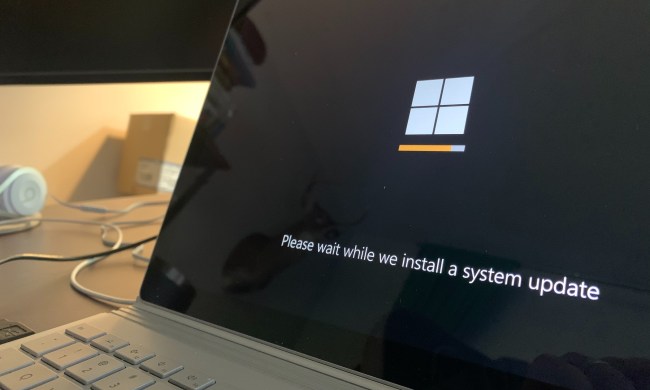Windows 10 updates have been a source of consternation for some time, with updates inadvertently deleting files and users being unknowingly opted into beta software testing. But now there is some good news on the horizon for frustrated Windows 10 users, as updates can be paused so that they will no longer happen automatically.
In general, automatic updates are a good way to ensure that users’ systems are safe and protected from ever-evolving security threats, given that many people aren’t so diligent about making sure their software is up to date. But Windows 10 updates happening automatically has caused problems with some systems, leaving many people with software bugs and some with lost data. Having users be afraid to update their operating system because they are worried about breaking their primary machine is definitely not ideal.
For Enterprise users, there has been an option to delay automatic updates for up to 35 days, which meant that businesses could check whether their systems would be affected by an update and pause it if so. But there was no such delay option for home users.
Now, Windows 10 Home users will also be able to delay updates for up to seven days. The upcoming Windows 10 update (19H1), scheduled for release in April 2019, is currently being tested by testers in the Windows Insiders program. Tech site Thurrott first spotted the new setting in the Windows Update menu (found under Settings > Update & Security > Windows Update), where a Pause updates for 7 days option is now available.
During the pause period, Windows 10 will not install any updates, and you can then resume the updates at any time within the seven day period. One week isn’t a lot of time for a pause, but it should be enough for users to figure out whether a given update will cause issues with their system and to take steps to avoid the problem if it will. After the seven days has expired, Windows will automatically update again.
It is clear that Microsoft is making a concerted effort to ensure that as many users as possible are running the latest version of Windows 10, presumably both to avoid security issues with users’ machines and to aid with software compatibility.



